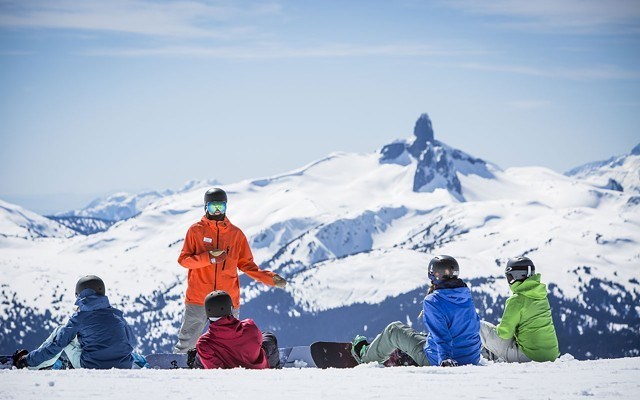The Canada West Ski Areas Association (CWSAA) has released its annual financial report, and despite ongoing concerns about a lack of young people picking up skiing, the organization's president is sounding a positive note.
The report found that over $100 million was spent on lift and base infrastructure over the 2017-18 season. "Whistler Blackcomb, as you well know, is leading the way with a $56 million investment," said CWSAA president and CEO Christopher Nicolson, referring to last summer's historic spending on on-mountain infrastructure.
Capital investments tend to "go in cycles" and are indicators of strong years and confidence in the market, said Nicolson. "Right now, in terms of a cycle, there is a confidence in the industry, and we saw that this year with investment."
The industry, however, is thought be dealing with a serious demographic challenge.
As reported in a recent Pique editorial ("What will the future hold?"; Jan. 31), the most recent Facts and Stats Report from the Canadian Ski Council found that "participation by Canadians in skiing shows a gradual, but steady decline over the past 9 years."
It found that younger people are dropping out of the sport at a relatively high rate and the sport is getting increasingly expensive, prompting concern for its long-term viability.
Attracting new skiers is "a big priority" for the entire industry, said Nicolson, pointing to initiatives such as Canada's Largest Lesson and Never Ever Days as indications that the industry understands and is rising to the challenge. Both offer package deals, of rentals and a lesson, at a dramatically reduced price and are designed to introduce people to snowsports.
"There is a big effort to have first-time skiers and snowboarders, and develop the opportunity for first-time skiers and snowboarders," said Nicolson.
When asked about the cost of skiing, Nicolson said that it's just one of a number of factors that can deter someone from trying out the sport. "Price is a factor but it's not the only factor," he said. "Time and the ability to spend your time doing something you're capable of" are also factors.
Nicolson added that there are some positive signs when it comes to attracting and retaining young people to the sport. "You're seeing a lot of skiing and snowboarding in schools ... (and) youth engaged in ski-school programs and ski clubs," he said. "There's a lot of optimism."
Whistler Blackcomb communications director Marc Riddell said the resort is well aware of the demographic issue and is actively taking steps to address it.
"We know that the skier and snowboarder population is stagnant right now, and that collectively we have a job to do to grow the sport," he said. "There are no easy answers ... It's something we are completely mindful of."
Riddell said the Epic SchoolKids program—open to Canadian and Washington State kids free of charge—is an example. It provides five days of free skiing and riding at Whistler Blackcomb, and includes one free first-time ski or ride lesson with equipment rental.
"This year was a huge success," said Riddell of the program. "We have had over 15,000 kids, between Kindergarten and Grade 5, register for the program.
"15,000 kids from Canada and Washington State is pretty substantive."
The intent is to spark a passion for skiing.
"The goal is to really hook those folks on everything we have to offer, and get them engaged and involved in the sport," Nicolson said. n




